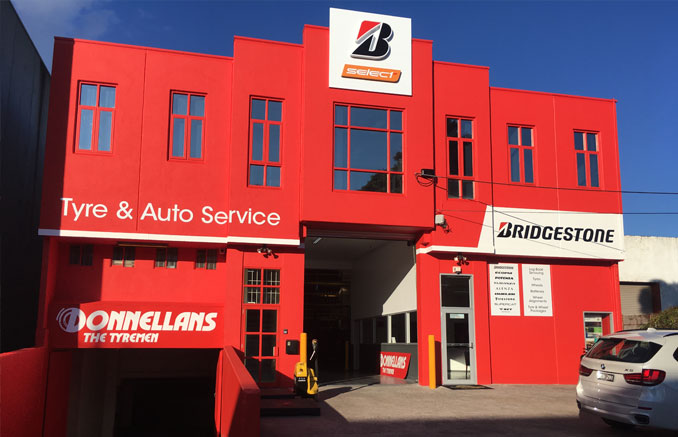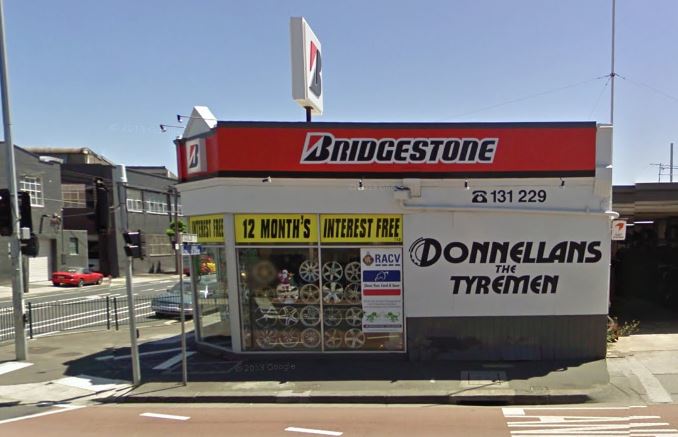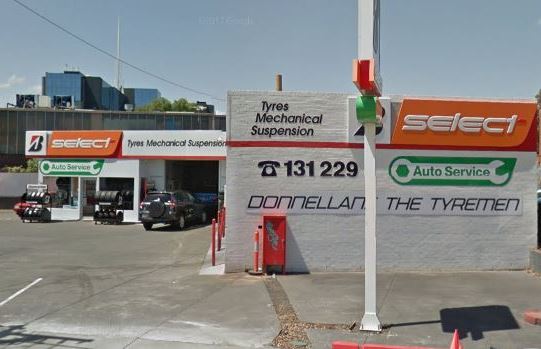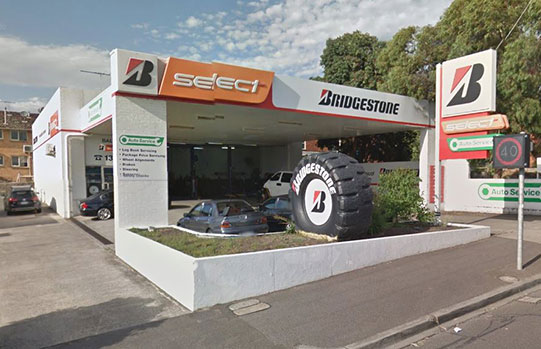Back to Latest News
The Importance of Correct Tyre Pressures
Modern vehicles are equipped with all kinds of safety features and electronic aids such as lane-keep assist, anti-lock brakes, accident avoidance systems, stability control and more. However, none of those systems will work effectively if the tyres on your vehicle aren’t capable of transmitting those forces to the ground.
Tyres have the last say on how your vehicle accelerates, turns and, most importantly, stops. Maintaining the correct tyre pressure is essential in helping your tyres perform at their optimal best.
What pressure should my tyres have?
Your vehicle manufacturer will have specified the correct air pressures for the size tyres fitted at the factory. Usually, this information can be found in the owners manual, or on a sticker inside the door jamb.
How often should I check tyre pressure?
All tyres will slowly lose pressure over time; it’s just a fact. Air molecules will slowly leak through the tyre bead as well as the tyre rubber itself. You can expect to lose roughly one psi a month on average.
Tyre pressures can be easily checked with an inexpensive gauge from an auto parts store or pop down to Donnellans where we can check them for you. The compressed air gauges at most service stations tend to get dropped or damaged, and their accuracy can suffer as a result.

What are the effects of the wrong tyre pressure?
Not running the optimum tyre pressure can have a few different effects, depending on whether the pressure is too low or too high.
Low Pressure:
Too low of a tyre pressure is the most common cause of tyre failures. Driving at medium to highway speeds on an underinflated tyre will cause the tyre sidewall to heat up, dramatically increasing the possibility of a sudden failure, or ‘tyre blowout’.
Tyres that have been run for extended periods at a lower pressure will show very distinctive wear towards the outside edges of the tread, while the middle portion will wear much slower.
The benefits of slightly lowering your tyre pressures are reduced risk of punctures and less chance of sinking into soft ground and sand.
High Pressure:
Tyres running at too high pressure will show the opposite wear patterns, with the middle of the tread wearing faster than the outer edges.
Tyres that are overinflated will result in a harsher ride and are more likely to suffer punctures and blowouts as a result of hitting potholes and debris on the road.
The upside of slightly inflated tyres is increased fuel economy and a sportier ‘feel’ when driving the car. Overinflating your tyres will reduce the contact patch with the road, potentially reducing available grip levels.
Talk to the experts.
With 5 convenient locations across East Melbourne, Donnellans have a workshop near you. With a focus on customer service, quality products and excellent product knowledge we can advise you on the right tyre pressures for your vehicle.
Contact us today.






